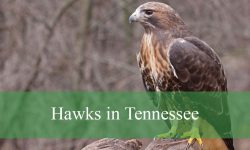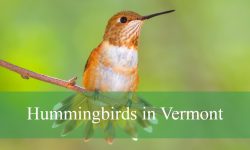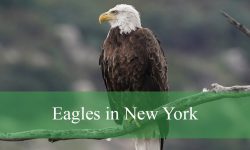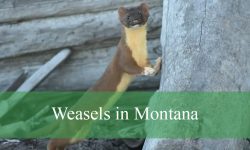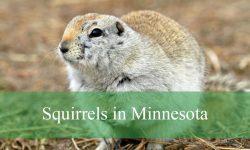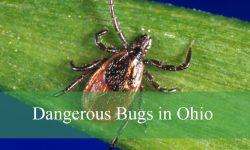Maryland, with its diverse ecosystems ranging from coastal wetlands to rolling farmland and forested regions, is home to an impressive array of birdlife. Among these, vultures stand out as essential members of the natural cycle. Though often misunderstood because of their association with death and decay, vultures play a vital role in keeping the environment clean by feeding on carrion and preventing the spread of disease. In Maryland, only two types of vultures are commonly found, and both species have adapted remarkably well to the state’s climate and habitats.
When you spot a large dark bird soaring overhead with broad wings and a graceful glide, there is a good chance you are observing a vulture. These raptors are not predators in the traditional sense but scavengers, relying on keen eyesight and, in some cases, a sharp sense of smell to locate food. Their presence may not be celebrated in the same way as songbirds or eagles, but their contribution to the ecosystem is undeniable.
This guide provides an in-depth look at the two types of vultures that can be seen across Maryland. We will explore their appearance, behavior, habitats, and the best ways to identify them. Understanding these fascinating birds not only deepens our appreciation of wildlife but also helps us see the important role vultures play in maintaining a balanced natural environment.
Turkey Vulture in Maryland
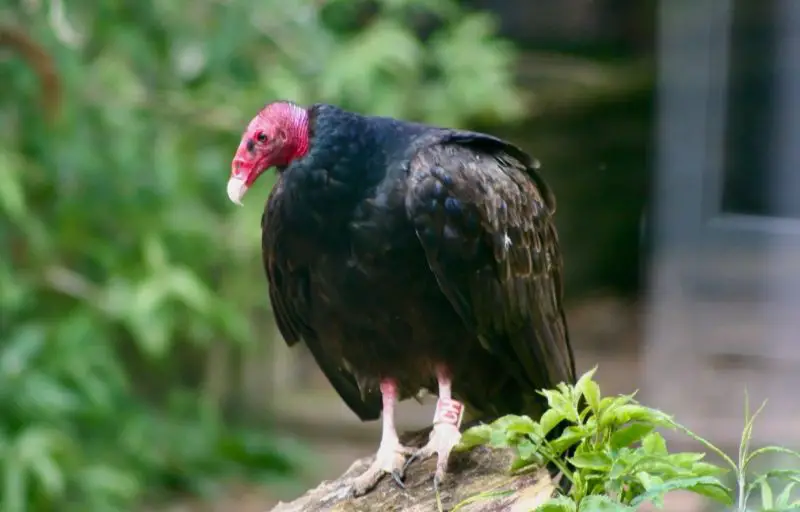
Characteristics and Identification
The Turkey Vulture is one of the most widespread vultures in North America, and Maryland provides a favorable habitat for this species throughout much of the year. Adult Turkey Vultures are large birds with wingspans that often stretch over six feet. Their plumage is mostly dark brown to black, though the feathers can appear somewhat silvery when viewed in sunlight. The most distinctive feature of this vulture is its bare red head, which contrasts sharply with the rest of its body. This adaptation is not only useful for identification but also highly functional, as it prevents the spread of bacteria when feeding on decaying carcasses.
In flight, the Turkey Vulture is unmistakable. Observers often notice the bird holding its wings in a shallow V-shape, known as a dihedral. Unlike hawks and eagles, it tends to wobble slightly as it glides, making its flight pattern unique. Its long tail, rounded at the tip, helps stabilize its movements. When seen soaring high against the blue Maryland skies, the Turkey Vulture may at first resemble other large raptors, but its effortless soaring and frequent circling soon reveal its true identity.
One remarkable trait of the Turkey Vulture is its sense of smell. Unlike most birds, which rely heavily on sight, the Turkey Vulture possesses an extraordinary olfactory system. This allows it to detect the scent of carrion from great distances, often even before other scavengers arrive. This adaptation gives it a clear advantage in finding food in Maryland’s woodlands, farmlands, and suburban areas.
Behavior and Feeding Habits
Turkey Vultures are opportunistic scavengers. They feed primarily on the carcasses of mammals, birds, and reptiles, but they do not kill live prey. Their diet ensures that roadkill and other dead animals do not accumulate in the environment, making them one of nature’s most efficient cleanup crews. When feeding, their strong, slightly hooked beak helps them tear into flesh, though they are less powerful than the beaks of true raptors like hawks.
Their social behavior is equally fascinating. Turkey Vultures are often seen roosting together in large groups, sometimes numbering in the dozens. In Maryland, these communal roosts can be found in woodlands, tall trees, or even abandoned structures. Such gatherings provide safety and warmth, especially during colder nights. In flight, however, they often spread out widely, covering large areas in search of food.
During the warmer months, these vultures play a key role in rural and suburban environments by reducing potential sources of disease. By consuming decaying carcasses, they effectively limit the spread of harmful bacteria and parasites. While their appearance may not be considered attractive, their ecological function is indispensable.
Habitats and Range in Maryland
Turkey Vultures are found across all regions of Maryland, from the Eastern Shore’s open landscapes to the Appalachian foothills in the west. They thrive in areas where they can soar on thermal updrafts, making open farmlands, river valleys, and highways common locations for sightings. While they prefer wooded areas for roosting and nesting, they are also highly adaptable, often coming close to human settlements where roadkill provides a consistent food source.
During the breeding season, Turkey Vultures do not build elaborate nests. Instead, they lay their eggs in sheltered places such as caves, hollow logs, or abandoned buildings. In Maryland, wooded areas and rural landscapes provide ideal nesting locations. The young are cared for by both parents, and although they are defenseless at birth, they grow quickly under the attentive watch of their parents.
As autumn approaches, many Turkey Vultures migrate southward, though some remain year-round in Maryland if conditions remain favorable. Migration periods are particularly impressive, with large groups soaring together in kettles, creating a striking visual against the fall sky. For birdwatchers, these moments are some of the best opportunities to observe Turkey Vultures in large numbers.
Black Vulture in Maryland
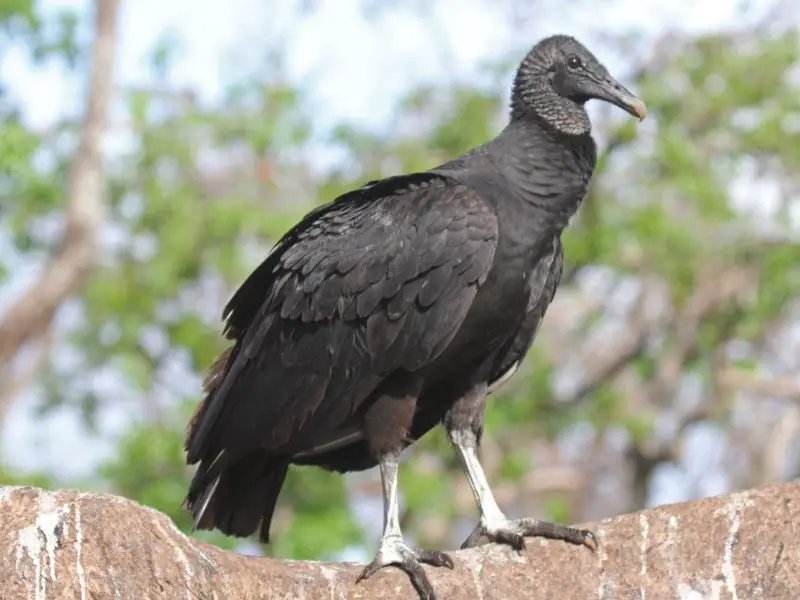
Characteristics and Identification
The Black Vulture, though less common than the Turkey Vulture, is a regular sight across Maryland and has been steadily expanding its range northward in recent decades. Smaller than the Turkey Vulture, the Black Vulture has a wingspan of about five feet and a more compact build. Its plumage is uniformly dark, giving it a sleek and imposing appearance. The head is bare and black, blending seamlessly with its body.
One of the most reliable ways to distinguish the Black Vulture in flight is by observing its wing pattern. While the Turkey Vulture shows silvery flight feathers along the entire underside of the wings, the Black Vulture displays white patches only at the tips of its wings. Its flight style is also different; rather than wobbling gracefully, the Black Vulture alternates between short bursts of flapping and gliding. This gives it a more purposeful and direct flight compared to its counterpart.
Black Vultures are also slightly more aggressive in their feeding habits. While they rely on carrion like Turkey Vultures, they are more likely to approach fresh carcasses and may even take advantage of weakened or dying animals. They often follow Turkey Vultures to food sources, using their superior sense of smell to locate carcasses and then asserting dominance once they arrive. This competitive behavior makes them a strong presence in Maryland’s scavenger community.
Behavior and Feeding Habits
The social structure of Black Vultures is even more pronounced than that of Turkey Vultures. They are highly communal birds, often roosting, flying, and feeding together. This cooperative behavior extends to feeding, where groups of Black Vultures may collectively overpower other scavengers to gain access to food. Unlike Turkey Vultures, which tend to feed more discreetly, Black Vultures can be quite bold, sometimes approaching human settlements in search of accessible scraps.
Despite their more aggressive tendencies, they remain essential scavengers. Their diet is similar to that of Turkey Vultures, consisting mainly of carrion, but they are also more likely to feed on garbage or livestock remains near farms. Farmers sometimes view them as nuisances, especially when they scavenge near pastures, but their ecological role remains valuable in reducing waste and limiting disease.
Black Vultures are also known for their strong family bonds. Pairs often stay together for life, and offspring may remain with their parents for extended periods. Their vocalizations, though limited, consist of grunts and hisses, used mainly during social interactions or disputes over food.
Habitats and Range in Maryland
In Maryland, Black Vultures are more common in the central and western regions, though they can also be found along the Eastern Shore. They prefer open areas for soaring but often roost in dense forests, large trees, or even man-made structures such as bridges and towers. Their presence has become more noticeable in suburban environments, particularly where food sources are abundant.
Unlike Turkey Vultures, Black Vultures do not migrate long distances. They are generally year-round residents in Maryland, especially in the warmer southern and central regions of the state. During colder months, they rely heavily on communal roosts, where dozens of birds may gather to share warmth and protection.
Nesting sites are chosen in sheltered locations, often on the ground in thickets, hollow stumps, or abandoned buildings. The female usually lays two eggs, which both parents help incubate and raise. This cooperative parenting style contributes to the species’ success and gradual northward expansion.
Comparing Turkey Vultures and Black Vultures
Physical and Behavioral Differences
At first glance, both species appear similar, but there are distinct differences that help birdwatchers tell them apart. Turkey Vultures are larger, with longer wingspans and a more graceful soaring style, while Black Vultures are smaller, with shorter tails and more rapid wingbeats. The red head of the Turkey Vulture contrasts with the black head of the Black Vulture, making this one of the easiest field marks to observe.
Behaviorally, Turkey Vultures rely on their sense of smell to locate food, often arriving at carcasses before Black Vultures. However, once Black Vultures arrive, they may dominate the feeding site through sheer numbers and aggression. Turkey Vultures often yield in such situations, preferring to search for other food sources rather than engage in conflict.
Both species are social, but Black Vultures are more tightly knit in family groups and cooperative feeding behaviors. These differences highlight how two similar scavengers have developed unique strategies to thrive in overlapping habitats.
Ecological Importance
Both vultures are crucial for Maryland’s ecosystems. By consuming carrion, they prevent the spread of harmful pathogens and contribute to nutrient recycling. In agricultural and suburban areas, their presence can reduce the spread of disease from dead animals, making them beneficial even in human-dominated landscapes.
While some people may view them with suspicion due to their dark appearance or feeding habits, understanding their ecological importance helps foster appreciation for their role. Protecting these species ensures the continuation of nature’s cleanup crew, maintaining balance in both rural and urban environments.
Best Times and Places to Observe Vultures in Maryland
Maryland offers excellent opportunities for birdwatchers and nature enthusiasts to observe vultures in their natural habitats. Both species are diurnal and most active during the day, especially when thermal currents rise, allowing them to soar effortlessly.
Some of the best areas for sightings include the open farmlands of central Maryland, the Chesapeake Bay region, and the Appalachian foothills in the west. Roadsides and highways are also common places to spot them, as roadkill provides a reliable food source. During fall migration, large groups of Turkey Vultures create spectacular displays, particularly at mountain ridges and valleys where thermals are strongest.
For those who wish to photograph or study these birds, early morning and late afternoon provide ideal lighting conditions. Observers should remain patient and respectful, as vultures play a sensitive yet vital role in the ecosystem.
FAQs About Vultures in Maryland
Are vultures dangerous to humans?
Vultures are not dangerous to humans. They do not hunt live prey and prefer to feed on carrion. While they may appear intimidating because of their size and habits, they pose no threat to people.
Do vultures migrate out of Maryland?
Turkey Vultures partially migrate, with some leaving Maryland for warmer regions during winter. Black Vultures, however, tend to remain in Maryland year-round, especially in southern and central areas.
How can I tell the difference between a Turkey Vulture and a Black Vulture?
The easiest way is by looking at their heads and flight patterns. Turkey Vultures have red heads and soar with wings held in a V-shape, often wobbling. Black Vultures have black heads and shorter, more purposeful wingbeats with white wing tips.
What role do vultures play in the ecosystem?
Vultures are nature’s cleanup crew. By feeding on dead animals, they prevent the spread of disease and help recycle nutrients back into the ecosystem. Their presence is crucial for environmental health.
Conclusion
Vultures may not always be admired for their looks, but in Maryland they are essential guardians of the natural world. The Turkey Vulture and the Black Vulture, the two species found in the state, showcase fascinating adaptations that allow them to thrive in overlapping habitats while performing the same vital function: cleaning the landscape of carrion. Their presence in Maryland’s skies, fields, and forests is a reminder of the interconnectedness of life and the importance of every species in maintaining ecological balance.
By learning to identify and appreciate these birds, residents and visitors to Maryland can gain a deeper respect for the role vultures play. Far from being harbingers of doom, they are vital allies in the ongoing cycle of life and death. Observing them soaring gracefully overhead is not only an impressive sight but also a lesson in the resilience and importance of nature’s often-overlooked scavengers.

